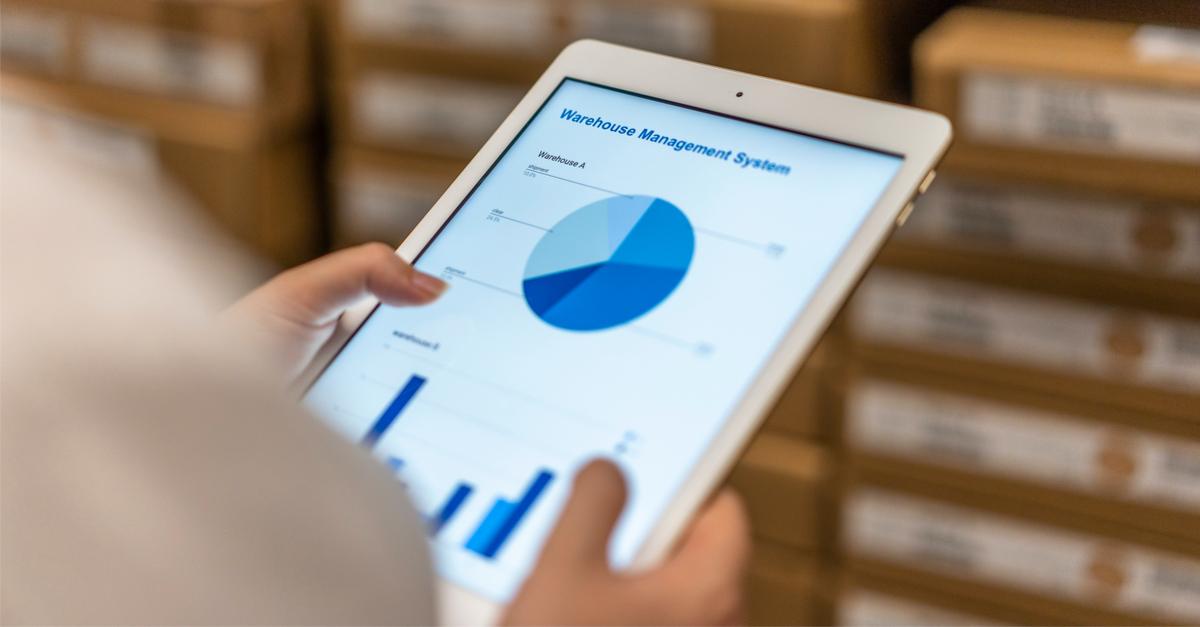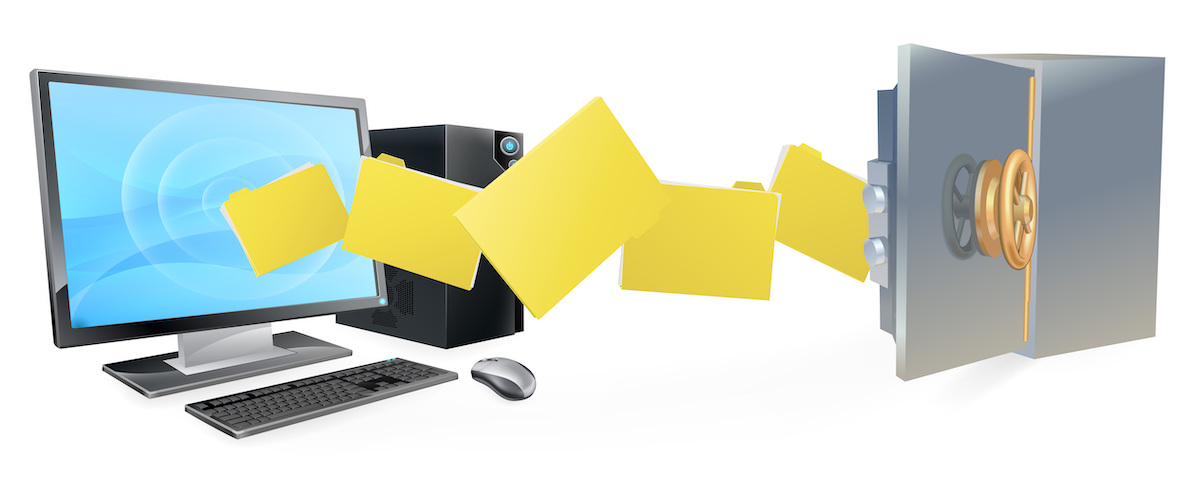The use of technology has expanded massively in the last few years. Mobile apps, smart devices, and the Internet of Things (IoT) mean that even the most mundane devices now run some form of "software." According to the U.S. Bureau of Labor Statistics, employment statistics reflect this with the growth of job opportunities for software developers, at 21%. We are on the brink of a developer shortage, and citizen developers could be vital to keeping businesses moving in the modern world.
The Support Group Blog
Recent Posts
When you're running a business, every dollar counts. And every second counts. That's why running your business as efficiently as possible is so critical.
Fortunately, that's where the Claris FileMaker software development tool comes in.
So, what is FileMaker exactly? And how can you use it to improve your business operations?
Here's a rundown on what FileMaker is and how to use it effectively for your organization.
Let's jump in!
There's always room for improvement and that certainly applies to custom app development. We've discussed some of the things to watch out for when designing our custom FileMaker apps, such as how to deploy them efficiently when we access FileMaker remotely and improve the performance of record creation and modification. Mitigating these bottlenecks alone can transform our trusty old commuter cars into the hot rods we've always dreamed of. But even the best-oiled machines might need some internal reengineering from time to time to continue humming down the road.
In the previous article, we chatted about speeding up record creation and modification within our FileMaker applications. As we said, there's no one size fits all way to make an exotic supercar out of a minivan. However, there are ways to make that minivan corner smoothly and stop quickly and maybe even take off from the line like a dragster.
In this article, we're going to focus on ways to mitigate bottlenecks when we access our FileMaker apps remotely. Due to the pandemic, many of our users are accessing hosted apps from home. Of course, we do this over the internet, also referred to as a Wide Area Network (WAN). When we connect to the network at the office, that is typically a Local Area Network (LAN), which usually offers faster speed than a WAN.
Claris FileMaker is an excellent tool for getting stuff done. It gives us lots of space and versatility, like a minivan that can take our kids to soccer practice and stow a ton of groceries from the local supermarket. Our FileMaker custom apps are just as multi-faceted. But when we inevitably store a lot of our data in those custom apps to leverage its powerful ability to solve all sorts of problems, the system can get kind of pokey. When FileMaker becomes our tool of choice for every challenge that we confront, chances are our system will start to show the strain of all this virtual responsibility. Let's discuss some strategies we can use to solve those pesky FileMaker performance issues. None of our suggestions will transform your daily driver into a race car; however, it may feel more like one.
In April of 2019, two third-party Facebook app datasets were exposed to the public. The data breach accounted for over 540 million records, including information like Facebook IDs, account names, comments, and likes.
Breaches that begin with application attacks account for almost 50% of breach costs, even though they only account for about 20% of data breaches. In other words, application attacks are not only possible, but they're also expensive.
As hackers find new ways to acquire data, data protection mechanisms continue to improve.
Are you looking for a way to protect your data? Keep reading for a break down of how to use data protection mechanisms in your custom applications.
EcoAmericas is a respected educational periodical which is published by Fourth Street Press. It provides empirical news coverage of the environmental conditions and climate trends in Latin America. The content is primarily accessed internationally by universities, environmental agencies and non-governmental organizations to promote awareness and action programs for the region's environmental issues. The non-profit publication prides itself on being unbiased and financially independent so that they can focus on providing objective articles and information to their readers. A network of regional correspondents reports on a variety of issues, including global warming, deforestation and illegal mining. Their work and this information are essential to generating public and political support for resolving these issues.
We've discussed some backup principles for our FileMaker applications, specifically, the when, what and where to protect the data within up our custom apps. Now we're going to cover the how. The on-premise Claris FileMaker Server product not only allows us to share our custom solutions with our coworkers and the world, but it also gives us a set of tools to protect our valuable data and workflows. We'll outline the use of these tools and how they connect to the decisions we make based on the principles we discussed in the previous post.
Claris FileMaker is a fantastic tool for solving business problems. With the tool, we can create apps that both streamline and automate difficult and tedious tasks, thereby giving us time to explore other ways to expand our business and better serve our customers. Behind every effective FileMaker app is an equally powerful server. The on-premise version of FileMaker Server is a reliable app partner in terms of sharing problem-solving solutions with others in our workplaces or even folks outside of our organizations.
Nonetheless, there may be times when problems with our solutions will arise. Perhaps the physical or virtual server that we host our solution on becomes unstable and crashes, leaving the solution files in an uncertain state. Another challenging scenario is when Joe in accounting accidentally deletes a bunch of critical invoices and we need to get them back. These are both great examples of why our on-premise server and its particular files need a sound FileMaker backup system.
We're living in a time when people need solutions to their workplace challenges and they need them immediately. Due to COVID-19, many of us are working under different circumstances and in different environments. We may have spent the first week or so setting up our new workspaces and adapting to new workflows and communication tools. But now it's time to focus on the work. Customers need to be serviced, reports need to be generated and projects need to be managed. You're lucky if your operations were 100% portable and you were able to maintain 100% efficiency when things upended. That's probably the exception, not the rule. For the most part, we're adjusting to new workflows and timelines. We guess that productivity has mostly been redefined. Your spreadsheets and appliance apps may have worked a few months ago but may not cut it now.












